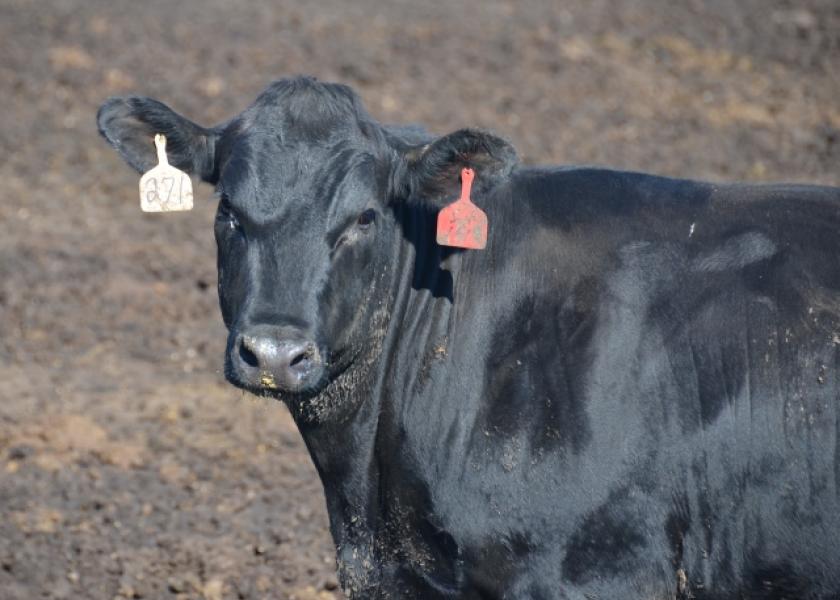Congestive Heart Failure Feedlot Survey

By: John Maday, editor, Bovine Veterinarian
Clinical signs of congestive heart failure (CHF) in feedyard cattle can resemble those associated with respiratory disease. It is possible that CHF accounts for some of the recent increase in feedyard mortality, but little information is available.
To learn more, a group of researchers are conducting an online survey to measure awareness and prevalence of CHF in feedlot cattle. The survey, managed by researchers at the University of Nebraska, Kansas State University and Texas Tech, in cooperation with NCBA, is intended for anyone involved in feedlot health programs.
CHF in cattle is the result of several disease processes, including, but not limited to: bovine pulmonary hypertension (BPH), which also is known as high-altitude disease or brisket disease, infection of heart valves, certain types of pneumonia, hardware disease and lymphoma. CHF caused by BPH is broadly known as high-altitude disease because, historically, the disease typically occurred at altitudes over 7,000 feet. Today, reports from feedlots at lower elevations suggest that the incidence of the disease may be increasing. While a final diagnosis of BPH is made in the diagnostic laboratory, diagnosis of feedlot cases of clinical CHF may be used to determine how common this type of heart disease is in feedlot cattle.
The survey intends to determine if clinical CHF is a growing problem among feedlots, particularly at lower elevations. Additionally, the level of CHF recognition at the pen level and at gross necropsy will be assessed. Responses will remain anonymous. Find the survey online at beefusa.info/survey.
See the digital edition of the January Bovine Veterinarian for articles on genomic selection for animal health, residue avoidance in cull cows, VFD education, in-vitro fertilization and more.
Read cattle health stories more at BovineVet.com







